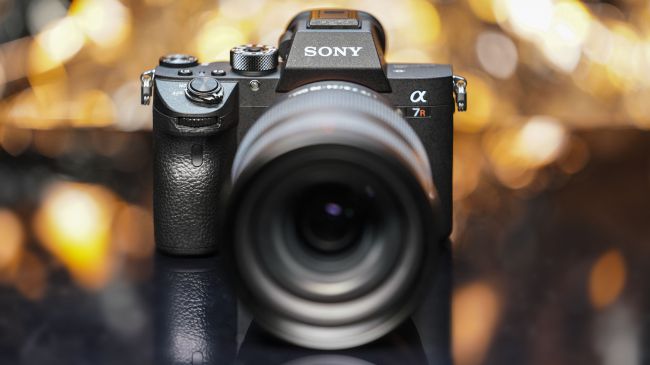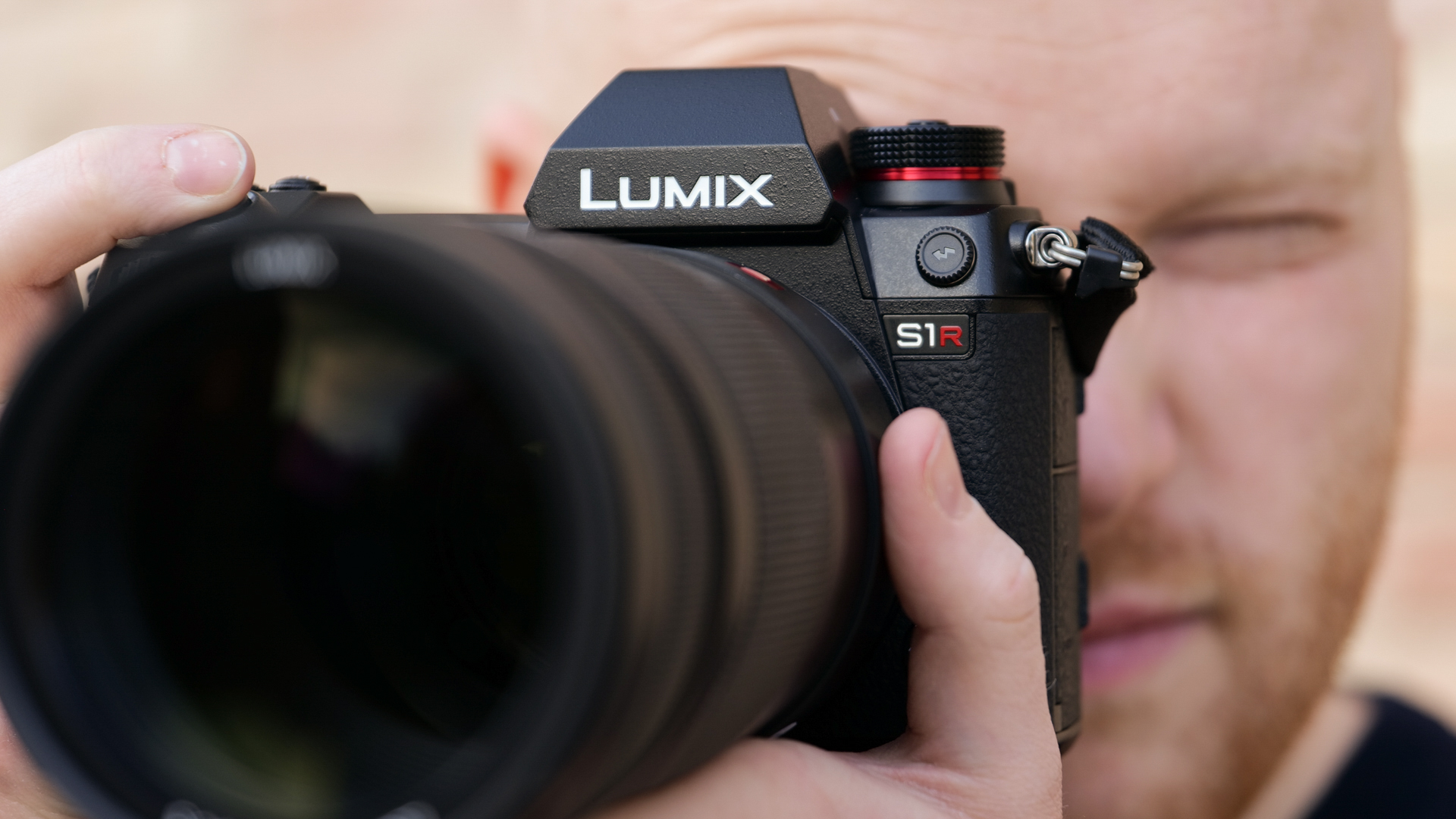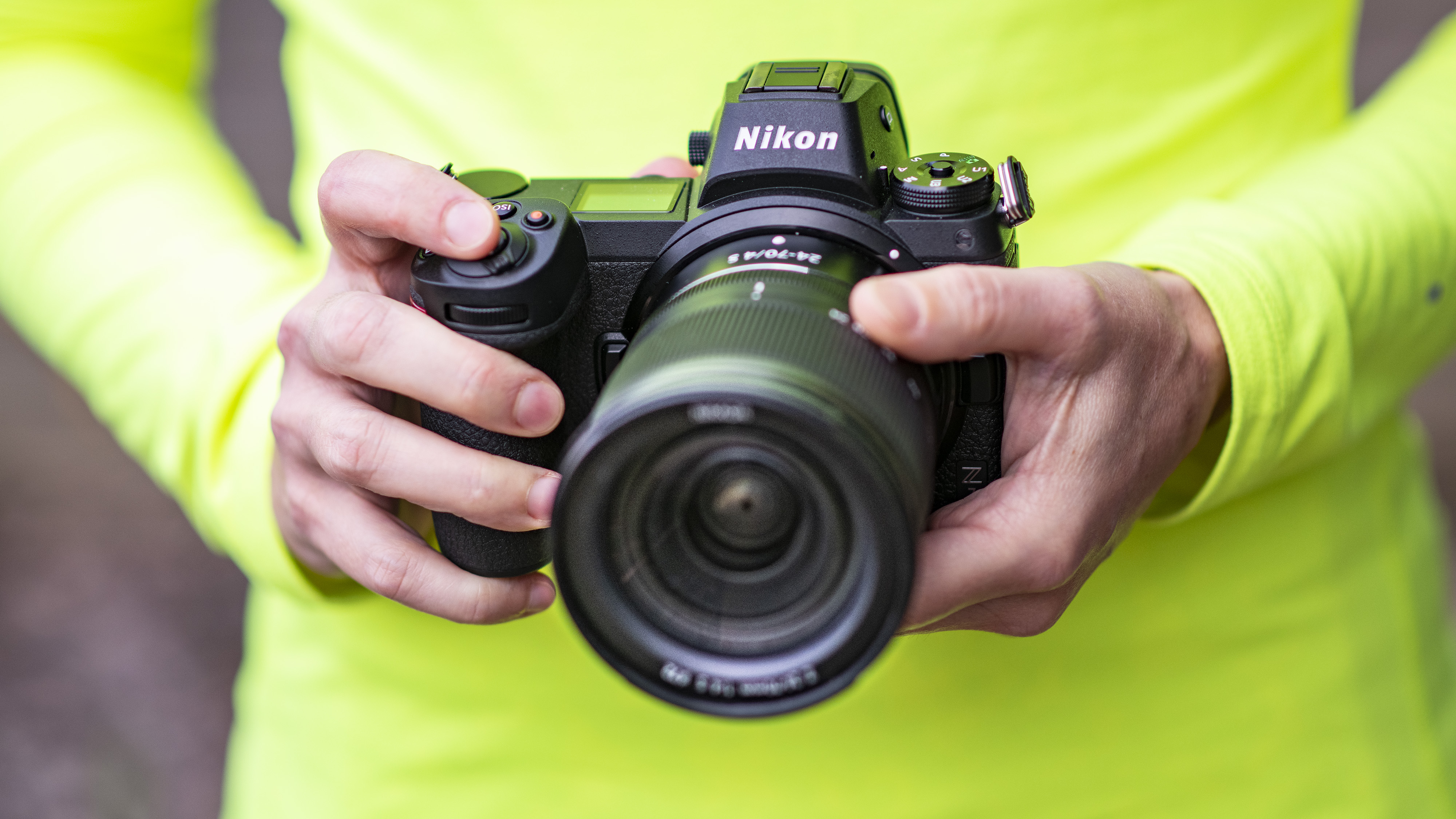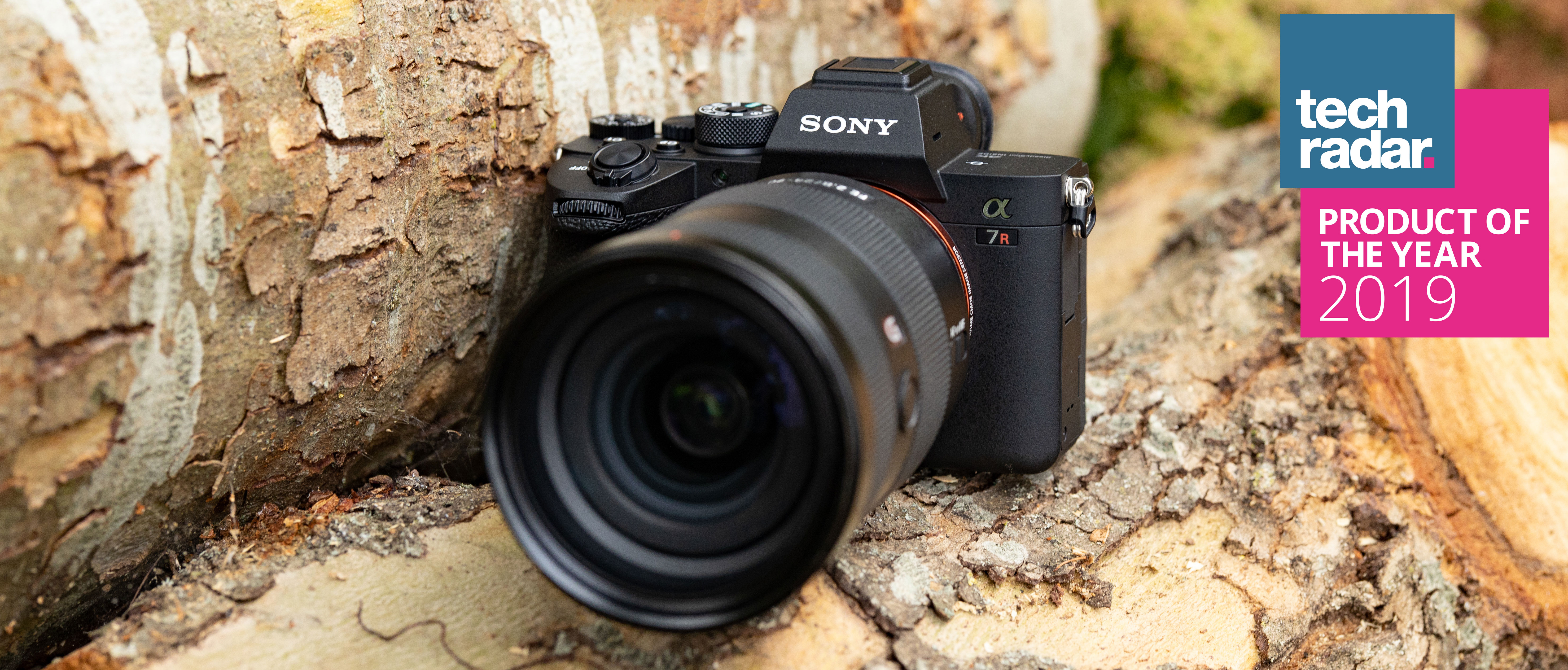Why you can trust TechRadar
Verdict
Much like with the company's RX100 series, the overall excellence of the Sony A7R IV is in large part down to the fact that it follows a string of successful predecessors. These models have given the company the opportunity to tweak things and learn from user feedback along the way, to ultimately craft a camera that's built around a solid core of specs, with a multitude of well-considered secondary features and controls on top.
The sensor grabs the most attention here, and the fact that it delivers this level of detail – and is augmented by the impressive Pixel Shift Multi Shooting mode – means it trounces both its immediate rivals and medium format competitors, although you do need to take care to get the best results. While this may not be anyone's first choice for video, video quality itself is as strong as we expect, even if rolling shutter is an issue.
Face and eye detection work every well, and the stronger focusing system as a whole shows that Sony is concentrating its efforts where it matters – although it's well worth your while taking some time to understand what's possible, and tweaking your shooting style accordingly, to get the best out of it.
Build quality is excellent and the level of physical control is great, while handling has been improved by way of a nicer grip; the inclusion of a top plate command dial makes the mode dial a little harder to access than before, though. It's also a shame that in-camera raw processing continues to be absent, and very dense menus continue to be present; and while we were also surprised to see slight inconsistencies with auto white balance and focusing, these are things that may well be ironed out through firmware updates.
In short, while the A7R IV isn't quite without flaws, Sony has done plenty to make this camera one of the best mirrorless cameras around, and that remains the case years after its release. While its price is high, it's not all unreasonable, although the premium over the A7R III is considerable right now, so you really have to need the extra pixels to make it worth your while. Still, when you consider the cost of some rivals, you're getting a fair chunk of camera in exchange for your cash here.
Competition

Sony A7R III
If you're hungry for resolution but cash is a bit tight, the older A7R III may well be enough for you. The 42MP sensor produces great images and sharp 4K video, while built-in stabilization, powerful autofocus and a cracking viewfinder all impress. It's also considerably cheaper, to the degree that some secondhand examples can be had for around half the price of a new A7R IV.
Read our in-depth Sony A7R III review

Panasonic S1R
The S1R is Panasonic's high-resolution full-frame offering, and it's very much on a par with the A7R line in terms of its target audience and intended applications. The 47.3MP full-frame sensor isn't significantly behind the A7R IV's 61MP sensor on paper, and it delivers sterling performance. We love the build, image quality and excellent 4K videos, but it's quite large and heavy, and native lens options can't match what Sony has on offer right now.
Read our in-depth Panasonic S1R review

Nikon Z7
The Z7 is Nikon's current mirrorless flagship, with a 45.7MP full-frame sensor at its heart, and the option to capture 9fps bursts of images and 4K videos among other things. It works with hundreds of F-mount lenses through the FTZ adapter, although the single XQD card slot and an autofocus system that's slightly less advanced than the A7R IV's may discourage some who are drawn to the A7R line's charms.
Read our in-depth Nikon Z7 review
